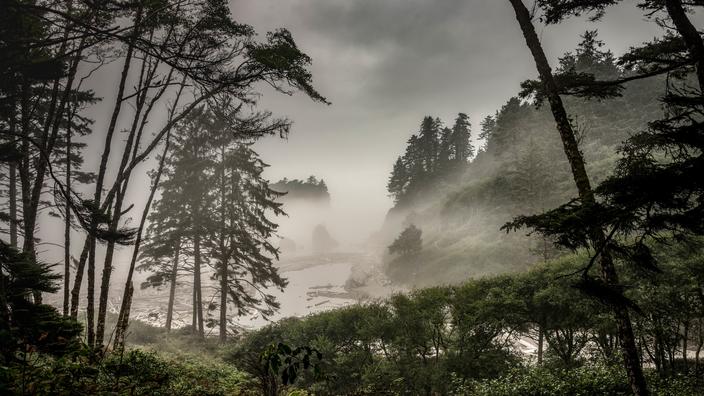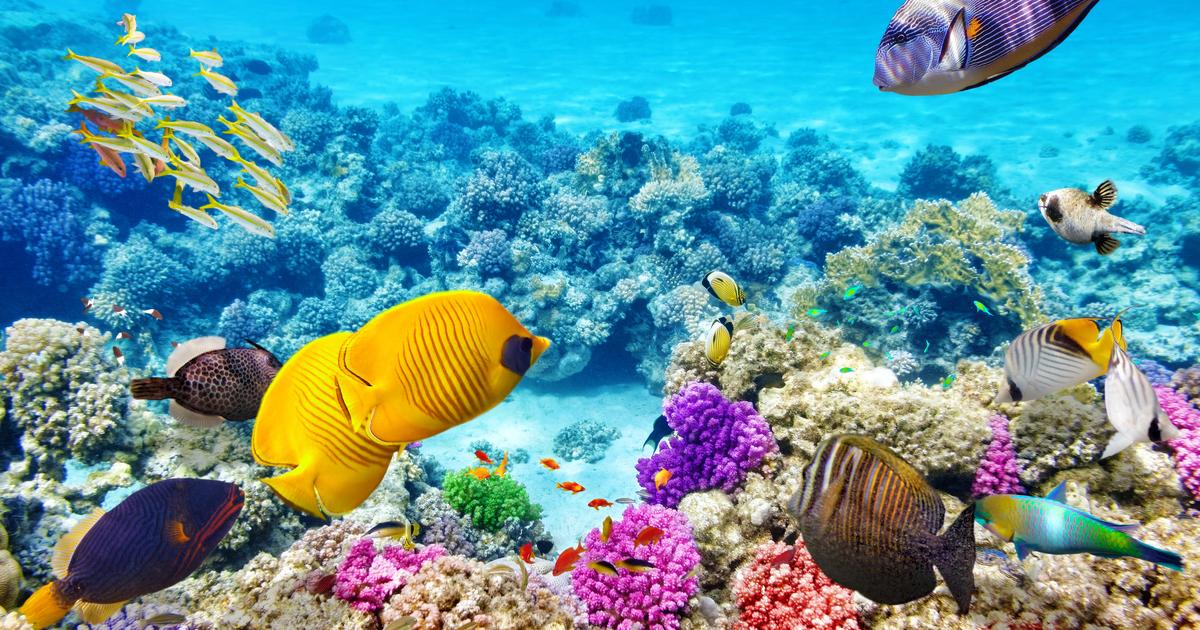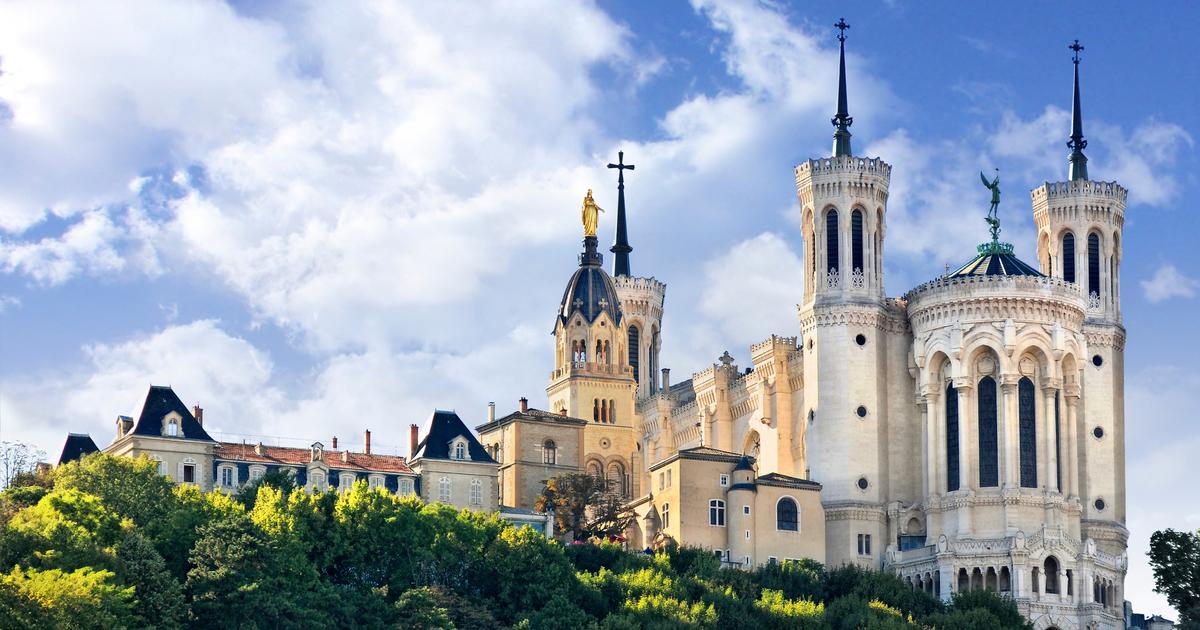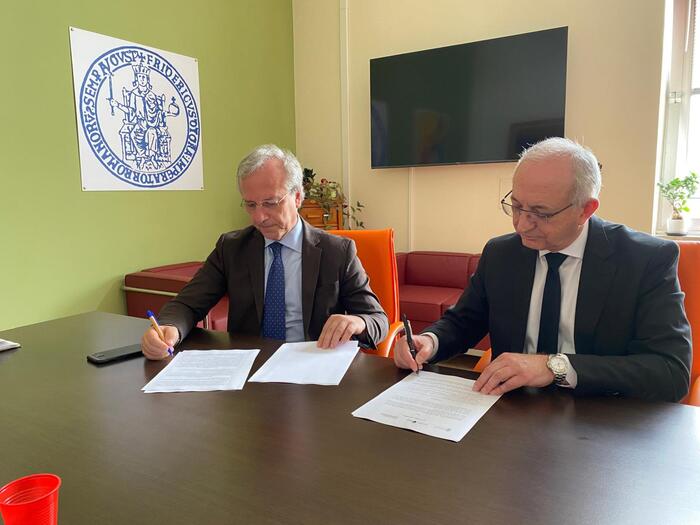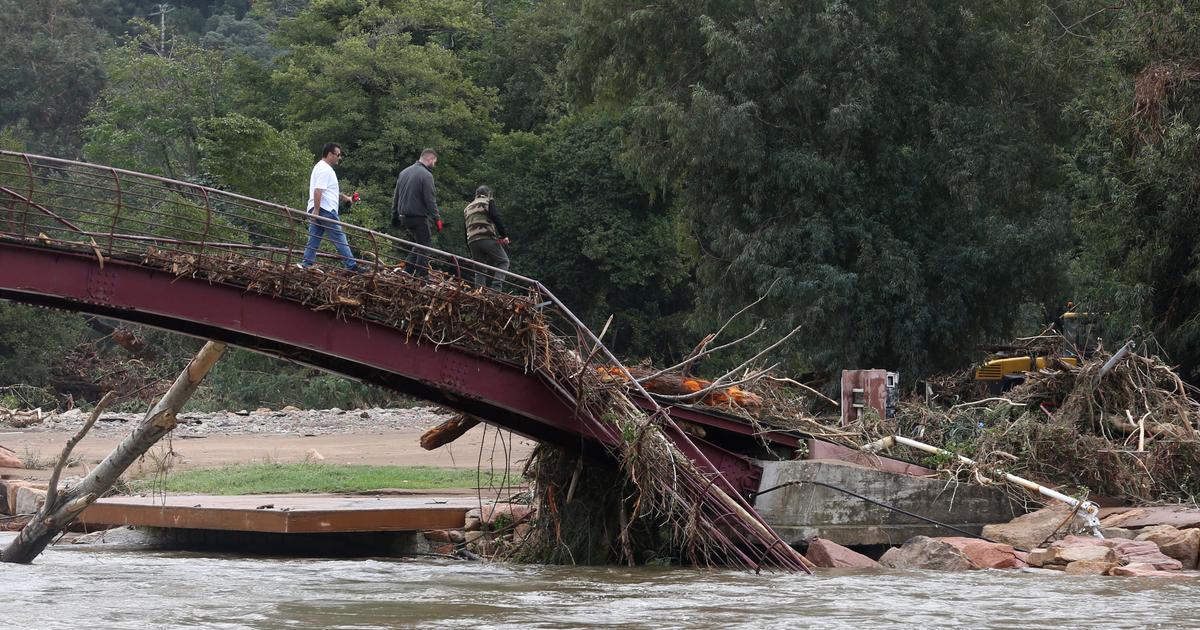Unesco has recognized their exceptional value, thus granting them the highest possible level of protection.
It prevents.
The state of conservation of natural World Heritage sites is deteriorating, according to a report by the International Union for the Conservation of Nature (IUCN) unveiled on Wednesday.
Its assessment shows that sixteen of these sublime places have seen their situation deteriorate since 2017, the date of the previous report, while eight have improved.
In 2020, 30% of sites give rise to “significant concern” and 7% are in the “critical” stage, while 63% of sites are in good state of conservation, sometimes with “minor concern”.
From the immense Yellowstone Park in the United States to the Virunga National Park in the Democratic Republic of the Congo, via the French Southern Lands and Seas, the World Heritage list includes 252 natural sites, recognized for their biodiversity, their ecosystems, their particular geology or beauty.
This protection covers 3.5 million km² (more than the size of India) of seas and land in 95 countries.
"They are among the most precious places in the world, and we owe it to future generations to protect them"
, pleads Bruno Oberle, the director general of the IUCN in a press release.
"As the international community sets new objectives for protecting biodiversity, the report underlines the urgency to tackle environmental challenges on a global scale."
The climate becomes the first threat
The Great Barrier Reef off Australia is categorized as severely threatened for the first time, and requires "urgent" and "large-scale" action, according to the report.
The warming and acidification of the Pacific Ocean, along with extreme weather events, have contributed to a dramatic decline in corals and the marine life that depend on them.
In 2020, climate change has become the first threat to these extraordinary places, according to the IUCN.
Its impacts - increased frequency and severity of fires, damage caused by storms, drought, etc.
- are often accompanied by other pressures, in particular those of invasive species or tourism.
Other perils: hunting, fishing, fires and grazing livestock.
The report also discusses the consequences of the Covid-19 pandemic on around fifty sites.
While the easing of tourist pressure is benefiting some, the crisis has had negative repercussions
“in most cases”
.
The closure of the parks has resulted in significant loss of income, and illegal fishing and hunting activities are on the rise, with fewer officers deployed to prevent them.
Hope for the Valley of the Whales
This third evaluation, after those of 2014 and 2017, makes it possible to measure the effectiveness of the safeguard measures put in place by the States.
The latest results show that half of the sites listed as World Heritage have “effective” or “very effective” protection.
The implementation of conservation strategies delivers results, as evidenced by the examples of sites that have improved their status compared to 2014.
Located in the western desert of Egypt, the Wadi Al-Hitan site, also known as the Valley of the Whales, is distinguished by the protection efforts deployed over the past two years.
A buffer zone has been decreed to protect the fossil remains of the oldest order of whales (Archaeoceti), now extinct.
It is now considered to be in a good state of conservation, which gives hope for the future.

